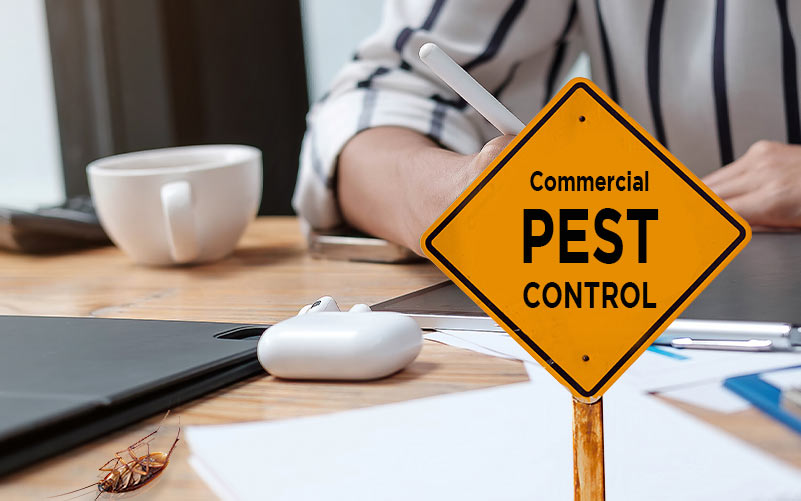A1 Pest Control Charlotte NC Bed Bugs - Specialist Elimination Services
Bed Bug Treatment Malfunction: Contrasting Chemical Vs. Non-Chemical Solutions
In the world of pest control, particularly when taking care of the relentless problem of bed pests, the selection between chemical and non-chemical therapy services can be a crucial one. Both methods supply distinctive benefits and drawbacks, influencing elements such as efficiency, safety and security considerations, and overall price. By examining the nuanced details of each approach, a clearer understanding of which course to go after in resolving a bed pest problem can be acquired.
Effectiveness of Chemical Therapies
Chemical treatments for bed bug infestations have been widely acknowledged for their potent and fast efficacy in eliminating these insects. When considering the performance of chemical therapies, it is essential to recognize that they can offer a thorough and quick option to a bed bug issue.
Additionally, chemical therapies have the advantage of offering recurring effects, suggesting that they can remain to eliminate bed pests even after the first application. This residual action is especially beneficial in combating any type of potential re-infestations. In addition, the quick action of chemical therapies can bring relief to people facing extreme bed bug infestations, enabling them to restore control of their space rapidly.
Safety Problems With Chemical Solutions
One important element that calls for careful consideration when using chemical services for bed pest therapy is making sure the safety and security of passengers and the atmosphere. Exposure to particular chemicals utilized in bed insect therapies can lead to respiratory concerns, skin inflammation, or other unfavorable responses, particularly in individuals with pre-existing problems or level of sensitivities.
Furthermore, the ecological influence of chemical remedies is an additional considerable factor to consider. Some pesticides utilized in bed pest therapies may be unsafe to beneficial pests, wild animals, and ecosystems if they seep right into the soil or water systems. It is important to use chemical treatments carefully, adhering to safety and security guidelines, and taking into consideration much less poisonous alternatives to reduce these threats and make sure the safe and reliable administration of bed insect infestations.
Benefits of Non-Chemical Methods
Thinking about the prospective security problems and ecological impact related to chemical services for bed pest therapy, exploring non-chemical techniques presents an appealing choice with several distinct advantages. Non-chemical methods use a much safer choice for homes, specifically those with children, family pets, or people sensitive to extreme chemicals. These techniques eliminate the dangers of direct exposure to hazardous substances, decreasing the capacity for adverse health and wellness effects. Moreover, non-chemical treatments are eco-friendly, as they do not add to air or water pollution, making them a lasting choice for bug control.
Furthermore, non-chemical options can be reliable in targeting bed insects, consisting of hard-to-reach areas where chemical therapies might not permeate - A1 exterminator charlotte nc. Techniques such as heat therapy, vacuuming, steam cleaning, and bed mattress coverings provide extensive eradication without the usage of harmful chemicals.
Limitations of Non-Chemical Treatments

In addition, non-chemical treatments often require numerous applications to accomplish successful elimination. This can be lengthy and might not always guarantee complete elimination of all bed pests and their eggs, particularly in hard-to-reach or hidden places.
Additionally, the success of non-chemical treatments heavily relies upon proper execution and thoroughness, which can be testing for people without specialist competence. Inadequate application of non-chemical methods might lead to insufficient removal, causing relentless problems and the demand for extra therapies.
Therefore, while non-chemical therapies have their benefits, it is vital to recognize these restrictions and consider them when establishing one of the most reliable approach for taking care of bed pest problems.
Cost Contrast: Chemical Vs. Non-Chemical Options
Given the constraints connected with non-chemical treatments, a crucial aspect to review in the context of bed bug monitoring is the cost contrast between chemical and non-chemical alternatives. Chemical therapies commonly include the application of insecticides by specialists, which can range from $250 to $900 per space, depending upon the severity of the problem and the size of the area to be dealt with. On the other hand, non-chemical treatments like warm therapy or heavy steam can be much more pricey, with expenses varying from $1,000 to $6,000 for an entire home. While the first price of chemical treatments might seem lower, numerous therapies may be called for to totally eliminate click here now the infestation, potentially enhancing the overall price. On the various other hand, non-chemical alternatives might give an extra lasting and green option, although they can be cost-prohibitive for some people. Inevitably, when thinking about the expense of bed pest treatment alternatives, it is essential to weigh the ahead of time costs versus the effectiveness and long-lasting sustainability of the chosen approach.
Conclusion

Thinking about the possible safety and security problems and ecological impact linked with chemical solutions for bed bug treatment, discovering non-chemical techniques presents an encouraging alternative with numerous unique benefits.Given the restrictions linked with non-chemical therapies, a necessary element to evaluate in the context of bed bug administration is the expense comparison between chemical and non-chemical alternatives. In comparison, non-chemical therapies like warmth therapy or steam can be extra costly, with prices ranging from $1,000 to $6,000 for a whole home. While the preliminary expense of chemical therapies may appear Learn More reduced, numerous treatments might be called for to totally remove the infestation, possibly enhancing the total cost.In verdict, when comparing chemical and non-chemical bed bug treatment choices, it is necessary to take into consideration efficiency, safety and security, advantages, restrictions, and price.